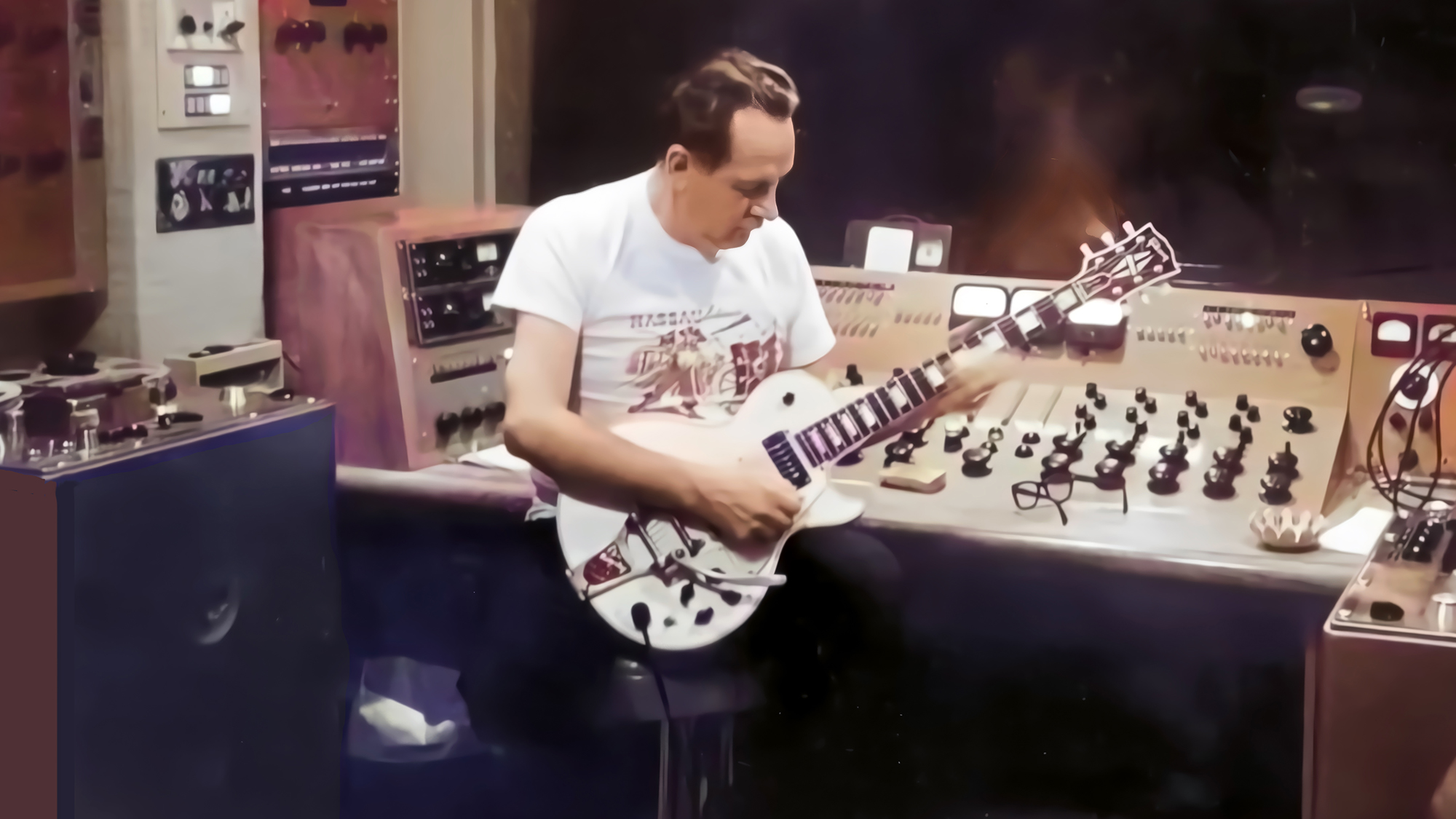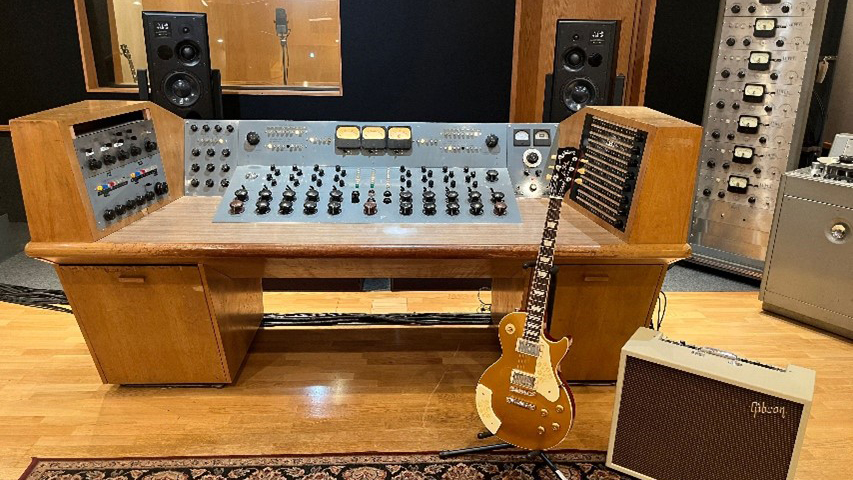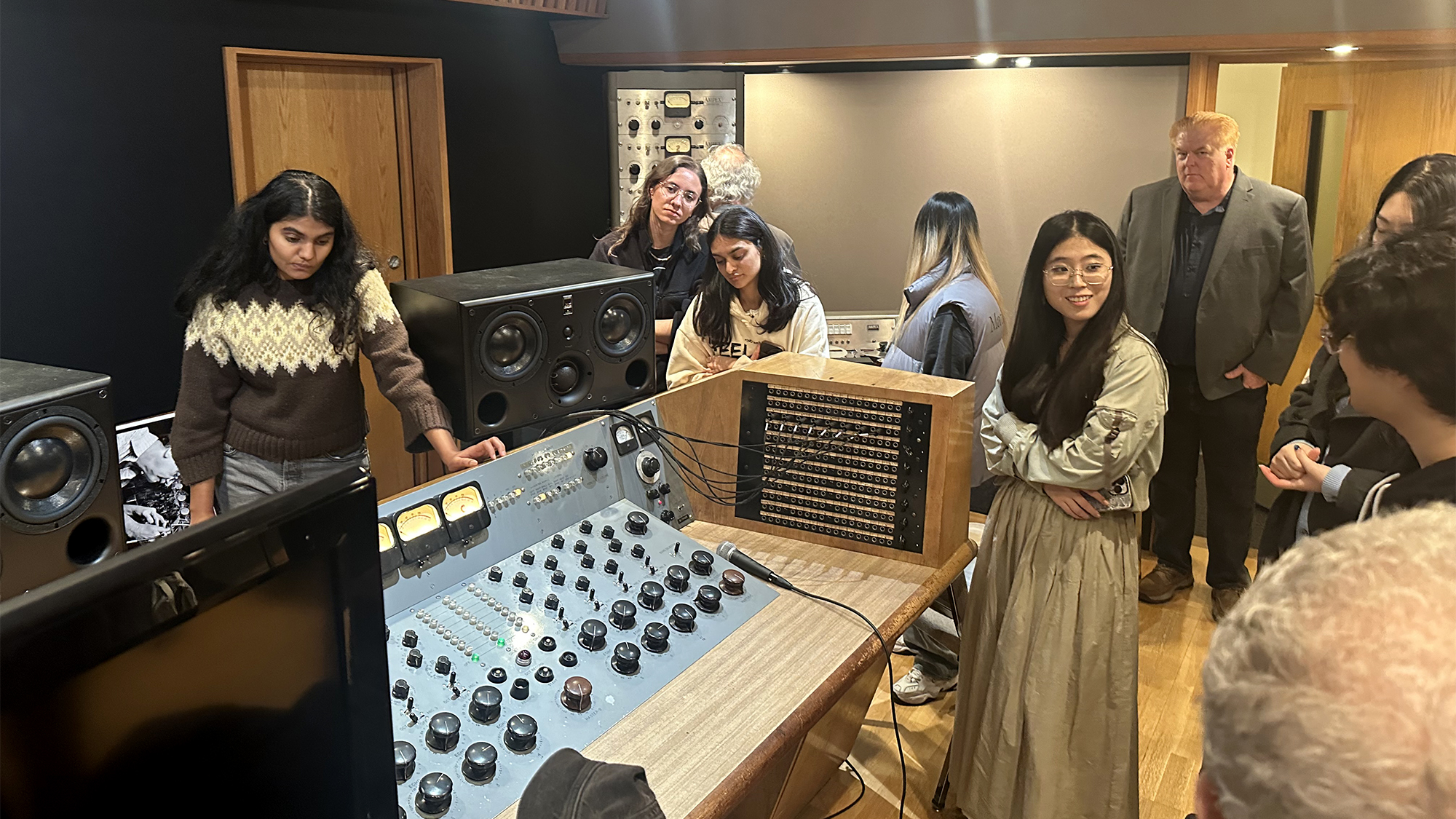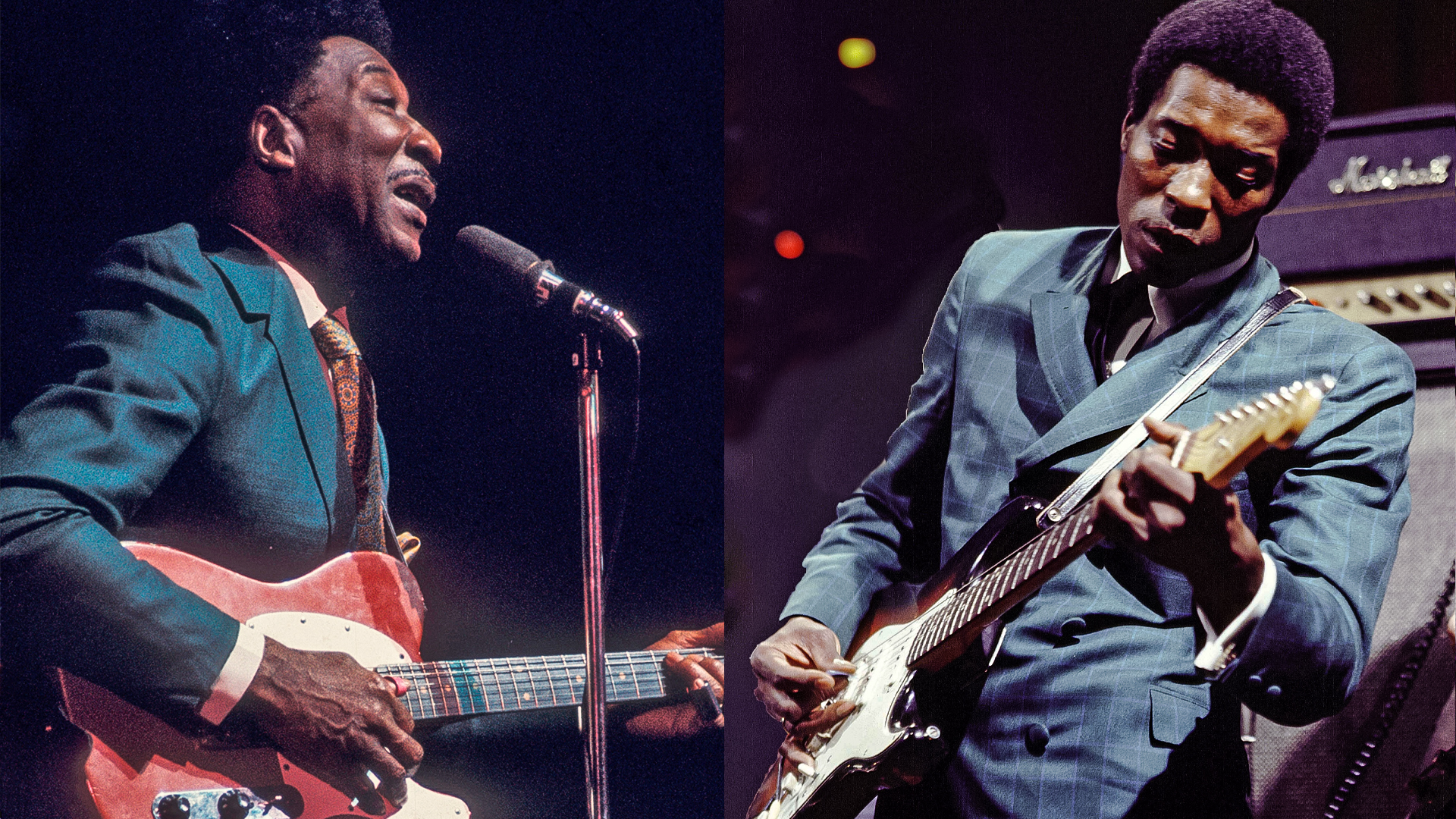“Les would be over the moon knowing his studio exists again.” Les Paul invented modern recording. Now his studio is back up and running. Can recordings from the vault be far behind?
The Les Paul Recording Studio plans to release enhanced versions of the innovator's hit recordings and offer educational opportunities

As Les Paul’s 110th birthday approaches, his worldwide fans have further cause for celebration. The Les Paul Recording Studio honoring the guitarist, engineer and inventor who pioneered multiltrack recording just opened at Los Angeles’ historic United Recording building.
The studio was born from a four-year effort to preserve, digitize and catalog more than 3,000 audio discs, 1,200 audio tapes, plus films and papers that Les and his wife, singer/guitarist Mary Ford, stored in their house and donated to the Library of Congress.
The studio houses Les’s original revolutionary equipment in its fully restored glory. The goal is to create new recordings of music made by Les — whose innovations include the development of the solidbody electric guitar — while safeguarding his illustrious legacy.
The undertaking began when Michael Braunstein, the Foundation’s executive director and Les’s third-generation manager, brought in producer/archivist Steve Rosenthal to lead a group of engineers to explore and produce the project. What they found, to their astonishment, were first-generation stems of Les and Mary’s original music.

Braunstein shared the discovery’s significance with Guitar Player.
“Music stems are the individual audio elements that comprise a song, such as separate tracks for vocals, drums, bass and other instruments,” he explains. “They reveal Les’s integrity during the invention of multitrack recording while providing a clear view into his working with Mary’s vocals and his layering methodology.
“Immediately the team knew that preserving this music was essential for Les’s heritage to endure. This was the studio’s genesis. Restoring the equipment allowed us to work on the stem archive while showing musicians and students all the similarities between the first multitrack console and the digital audio workstations, or DAWs, being used today.”
All the latest guitar news, interviews, lessons, reviews, deals and more, direct to your inbox!
Tom Camuso, the studio’s director of audio engineering, elaborates the building-block sequencing.
“We thought if we could line up the stems and correct the tape drift between the two machines that varied the stems’ lengths, we could possibly make a multitrack by phasing out multiple takes,” Camuso says.
“We then spent a year developing a process using software to get it all in time, as well as AI software that allowed us to separate the instruments, extracting each overdub the first time it appears in the series of recordings.
“This gave us the unique ability to reassemble the mix eliminating the sometimes 30 generations of extra tape noise derived from the bouncing inherent in Les’ tape-to-tape procedures. Then we sent it back through his console, creating a new enhanced mix.”

Camuso outlined the three phases of Les’ path to multitracking.
“The first was the birth of overdubbing, with the original sound-on-sound machine, the mono Ampex tape machine that Les Paul received from friend Bing Crosby, a pioneering proponent of magnetic tape. Shortly after receiving it, Les added an extra playback head, allowing him to rewind the tape and record over it, adding to what was previously recorded.
“However, it was a destructive practice, and if he and Mary made a mistake, they would have to start from the beginning. This challenge led him to the second phase, using multiple machines, playing along with one while recording on the other.
"Les started with guitar, recorded it to one tape machine, rewound it, played along with it, added the bass, then rewound that one adding the vocal, going back and forth. This allowed him to rewind and try again if he didn’t like the performance.
“Then in 1957 he entered into the third phase when the Octopus was created, Les’s prized Ampex 5258 Set-Sync machine, so named because it made Les sound as though he had eight arms. It was equipped with a sync-head that perfected multitrack recording.”
The studio’s centerpiece is the Monster, the colossal custom eight-channel console Les designed in the 1950s with Rein Narma, which featured cutting-edge in-line equalization and vibrato effects. On the side there’s a connector labeled “Octopus Input.” This was the first console with monitor returns and busing, enabling multiple signals to be combined and sent to individual tracks.
During the exhaustive restoration, the team was challenged with wiring the console to also work with current technologies like Pro Tools. They confronted the task of dealing with level and pinning — or connection point — differences, and eventually used old military connectors that matched the Octopus and wired Pro Tools to match using the original schematics.
In addition, every frozen button had to be disassembled and cleaned. Springs were retensioned by hand and reassembled in the exact same spot as they were originally. Sourcing original vintage replacement parts and tubes that could handle the power requirements of the console was equally demanding. The console contains more than a hundred tubes that were replaced with the help of Telefunken.
In addition to the equipment, the studio contains Les’s original microphones and electric and acoustic guitars, extra gear and his three-track, also with a sync head. The studio also offers an opportunity for educators. Carnegie Mellon recently hosted a class of students who recorded using Les’s own guitars, and the studio plans to stream future classes in tandem with educational institutions.
Another goal is to bring Les’s idiosyncrasies to life. For example, Braunstein cites one offbeat tape made between Les and voice actor Mel Blanc, known for voicing Looney Tunes cartoon characters.
”We have Mel, in Bugs Bunny’s voice, interviewing Les, pretending to get drunk while Les explains his technology. We also have video of Billy Gibbons and Steve Miller recalling their visits to the Iridium. Les invited them to play but neither had a guitar. Les supplied one without any electronics. After that, they never returned without guitars.”
The studio promises to be a laboratory of innovation for the recording industry and a springboard for the 2026 release of newly enhanced versions of Les Paul's music. For Braunstein, the studio is the fulfillment of his dream to comprehensively honor his idol’s accomplishments.
“Les brought the guitar from the back to the front of the stage, changing how musicians play, engineers record and fans hear music. We are now able to revive Les’s intrepid spirit. Les could never let go of his stuff but he’d be over the moon knowing that it exists again and that it will be used.”
To learn more about the studio, email info@lespaulrecordingstudio or visit Les-Paul.com.


